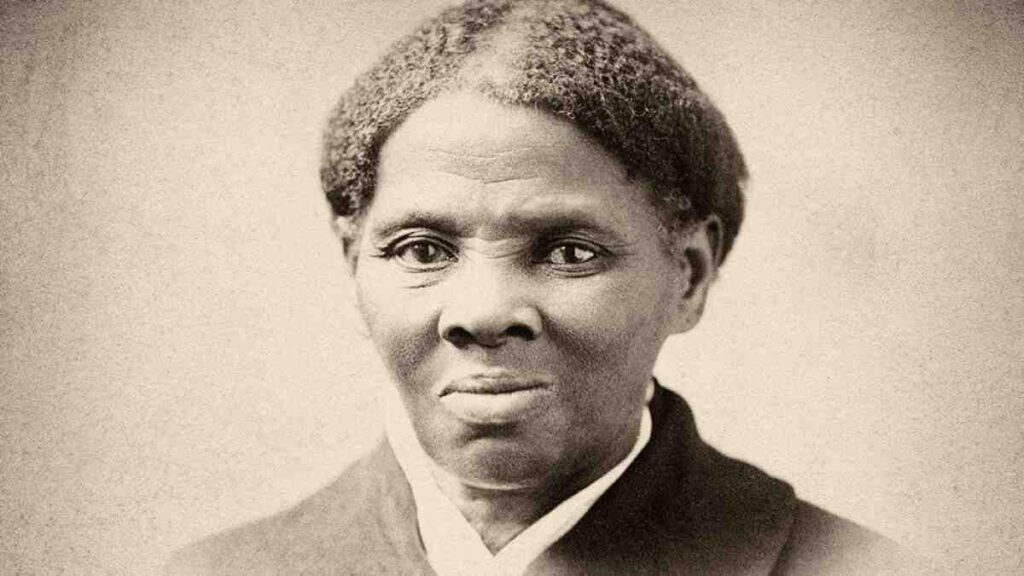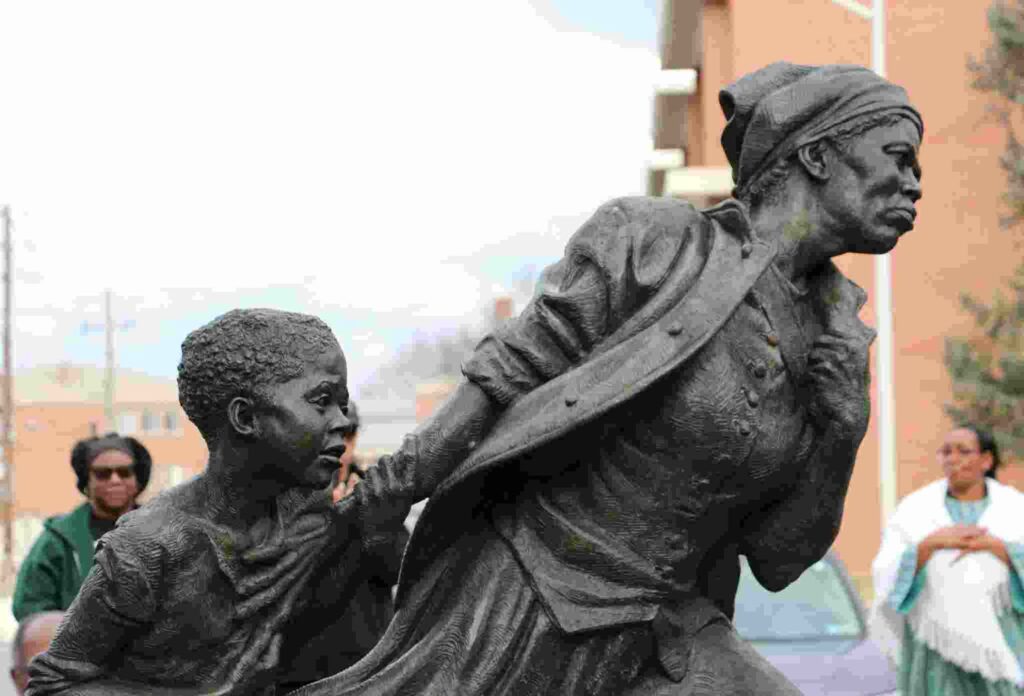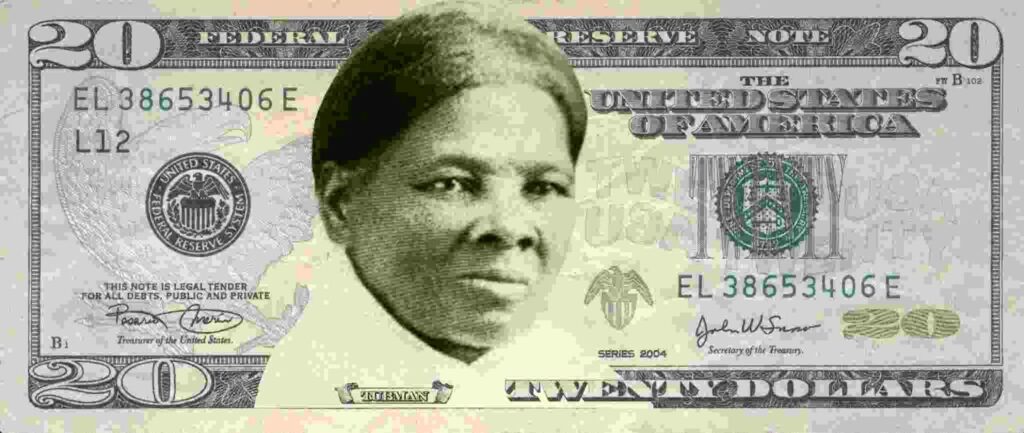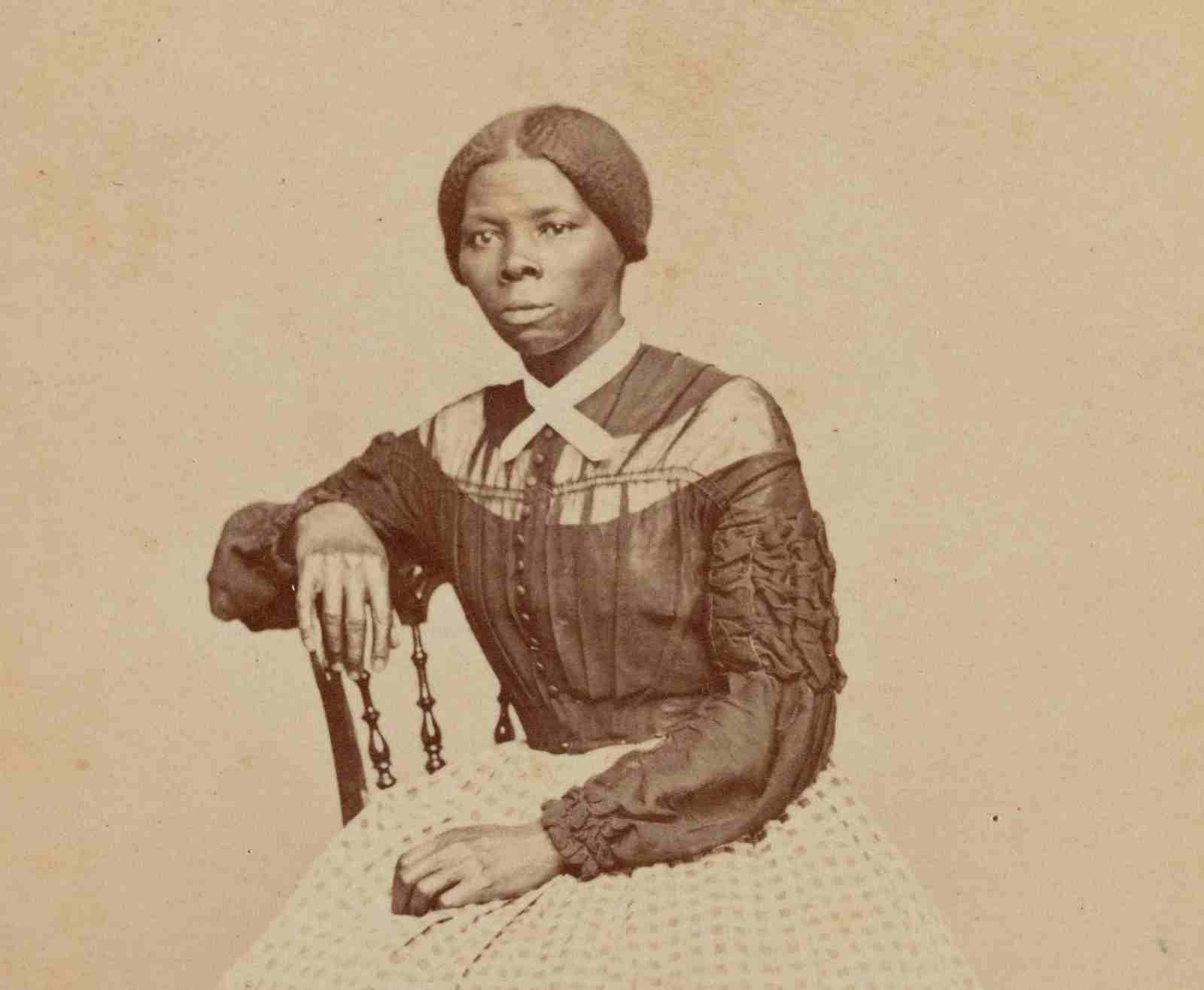In the 19th century, if you tried to escape as a slave and were caught by bounty hunters, you could be returned to your owners. But one woman stands out as a hero among her entire community of former slaves who escaped.
Harriet Tubman, known as the Moses of her people, was a Civil War heroine. After escaping from her owners, she returned to lead hundreds of slaves to freedom along the Underground Railroad. She was a renowned civil rights activist. Harriet Tubman’s birth name was Araminta Ross, and she was nicknamed Minty.
Become an insider. Subscribe to our newsletter for more top trending stories like this!
There are many accounts of Harriet Tubman’s exploits, but did you know there is more to her story? Here are 10 interesting facts about Harriet Tubman you should know.
10 Interesting Facts About Harriet Tubman You Should Know

1. She Adopted the Name Harriet Tubman
Between 1820 and 1821, a slave in Buckland, Eastern Maryland, named Benjamin Ross, a skilled woodsman, and his wife Harriet ‘Rit’ Green gave birth to a slave child, naming her Araminta Ross. Her mother nicknamed her Minty.
She was born in a family of eight who were four brothers and four sisters. They were named:
- Moses Ross
- Ben Ross
- Henry Ross
- Robert Ross
- Mariah Ritty Rossy
- Rachel Ross
- Linah Ross
- Soph Ross
At the young age of six, Minty worked as a maidservant and later in the fields, enduring brutal conditions and inhumane treatment. She had 8 siblings, who all worked as slaves and were eventually driven apart by their distinct owners.
Meanwhile, Harriet, or Minty, also worked as a nursemaid, where she was whipped when the baby cried, leaving her with permanent emotional and physical scars. Around the age of seven, Harriet was leased out to a planter to set muskrat traps and was later rented out as a field hand. She would later admit that she preferred physical plantation work to indoor domestic chores.
In 1844, Harriet Tubman, 24, married John Tubman, her first husband. John was a free black man. Later, in 1849, when Rit’s new owner refused to acknowledge the will of Rit’s late owner that she was free, Harriet Tubman began to plan her escape.
When she eventually escaped, she adopted her mother’s first name with her first husband’s last name, Tubman. Araminta ‘Minty’ Ross, the slave, is now Harriet Tubman, the free slave!
People Also Read: 11 Famous African Kingdoms and Their Prominent Rulers
2. Harriet Tubman Suffered from Narcolepsy All Her Life
The mistreatment of slaves was not something Harriet Tubman overlooked, even at a young age. She so longed to do something about the phenomenon that, when she was 12 years old, she sustained a head injury while intervening between a slave and her owner.
A 2-pound iron weight was thrown at this enslaved African, but it hit Harriet in the head instead when she stepped between the enslaved person and the overseer. In her words, the iron weight “broke my skull.”
Consequently, she experienced life-long headaches, sleeping spells, seizures, and vivid dreams. Harriet, a devout Christian, interpreted those visions as revelations from God that helped guide her on many rescue trips to lead other slaves to freedom.
3. She Led other Slaves to Freedom Through the Underground Railroad

As a result of the Underground Railroad, Harriet could travel 90 miles north to freedom in Pennsylvania. Eventually, she found work as a housekeeper but struggled to focus because she wanted freedom for her family and other slaves. In due course, she returned to Buckland to guide her niece and her niece’s children to Philadelphia via the Underground Railroad.
To honor and remember her efforts, the Harriet Tubman underground railroad national historical park was established. This marked the landscape of Dorchester County, Maryland.
4. Tubman was Denied Veteran’s Compensation for Her Civil War Contributions
Harriet served as a scout, nurse, cook, and spy during the Civil War. She recognized the opportunity for a Union victory in the Civil War as a crucial step towards slave abolition.
During the Civil War, Tubman coordinated a military assault with Colonel James Montgomery. More than 700 people were freed from slavery due to this assault. She guided Union riverboats through Confederate torpedo traps using information from escaped slaves.
Tubman, despite her years of service, was never entitled to a regular salary or veteran’s compensation. She worked together with abolitionists such as John Brown, who called her “General Tubman”.
Become an insider. Subscribe to our newsletter for more top trending stories like this!
5. She Helped Discover a Treatment for Dysentery
Tubman worked as a nurse during the war, healing the sick and wounded. Many people in the hospital died from dysentery, a disease associated with terrible diarrhea. However, Harriet was determined to find a cure for dysentery if she could find some of the same roots and herbs that grew in Maryland.
Tubman used her knowledge of flora to produce a cure for the disease by boiling water lily roots and herbs, making a bitter-tasting brew that she then gave to a dying man. The cure worked, and slowly the patient recovered.
People Also Read: 15 African American Inventors Who Made History
6. She Was an Active Proponent of Women’s Suffrage
Tubman worked alongside Susan B. Anthony and Emily Howland for women’s rights. Despite having no formal education, she traveled to New York, Boston, and Washington. She spoke about her actions during the Civil War and highlighted women’s sacrifices throughout modern history to advance women’s voting rights.
By crafting a narrative that emphasized her role as an Underground Railroad conductor, Tubman validated the struggle for women’s rights. She gave the first keynote speech to the newly established ‘National Federation of Afro-American Women’ in 1896.
7. Harriet Tubman to be Minted on a $20 Bill

The Treasury Department announced in 2016 that Harriet would replace Andrew Jackson’s image on the $20 bill. In January 2021, President Biden’s administration announced it would speed up the design process to mint Tubman’s legacy bills.
In another effort by the US government to recognize her heroic efforts, the World War II Liberty ship, the SS Harriet Tubman, was named after her.
8. Harriet Tubman Was a Humanitarian
While fighting for women’s rights after the Civil War, she also raised money to build schools for newly freed people during the Reconstruction Era. She would later donate her home for the care of the ill and elderly.
Hers was a life committed to freedom and dignity for all people, supporting her philanthropy efforts by selling her home-grown produce, raising pigs, and accepting donations and loans from friends.
9. Tubman Refused Anesthesia During a Brain Surgery
In 1898, the constant headache Harriet had suffered since childhood became unbearable and she couldn’t sleep properly. As such, she found a doctor in Boston willing to operate on her brain.
But the “Moses of her people” refused anesthesia while the doctor cut open her skull and performed the surgery. She chose to bite on a bullet; something she had seen soldiers do during the Civil War when they suffered pain on the battlefield.
People Also Read: 10 Contemporary Black Artists You Should Know
10. Harriet Tubman Remarried
After the death of her first husband, who refused to run with her from Maryland, Harriet remarried a former enslaved man and Civil War veteran, Nelson Davis, in 1869. They adopted a little girl named Gertie a few years later.
She died of pneumonia on March 10, 1913.
Here’s a movie trailer that accounts for the details of Harriet Tubman’s Life, starring Cynthia Erivo:
Spotcovery offers unique and fresh daily content on Black culture, lifestyle, and experiences. We talk about everything black, black people, black-owned and black-owned businesses. We also deliver authentic and relevant content that will inform, inspire and empower you! The future of black media is a critical piece of the black experience of today! Our primary audience includes African American, African, Afro-Caribbean and people of African heritage. Black culture is for the culture!
Become an insider. Subscribe to our newsletter for more top trending stories like this!





